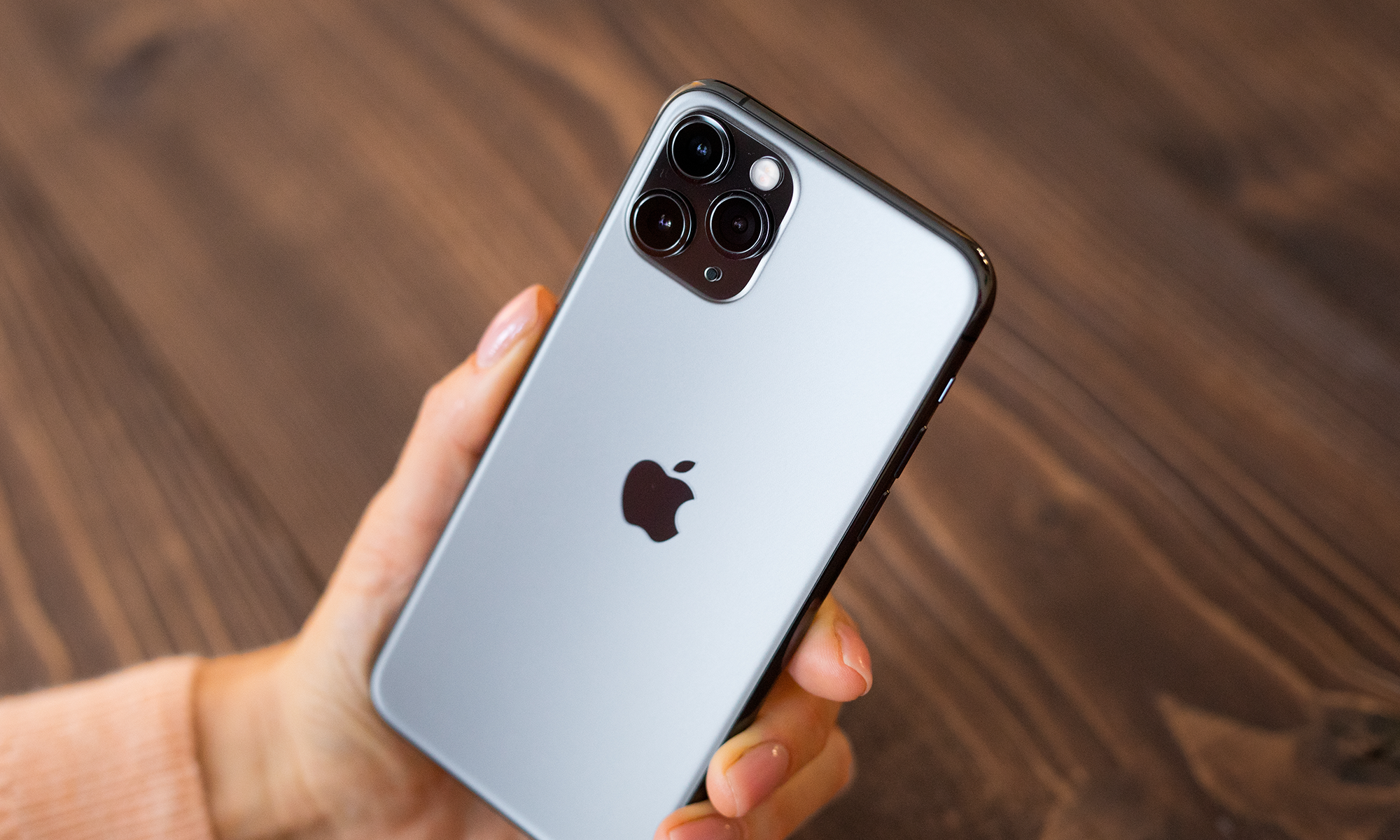Google (GOOG +1.55%) (GOOGL +1.55%) hasn't been doing so well in the wearables market. Its OEM partners shipped just 720,000 smartwatches worldwide last year, according to Canalys.

The Android Wear powered Moto 360 (L) and Apple Watch (R). Source: company websites
By comparison, Samsung (NASDAQOTH: SSNLF) shipped 1.2 million units in 2014, according to Smartwatch Group: most of which run Samsung's own OS, Tizen. Meanwhile, Apple (AAPL +0.17%) is expected to sell 10 million to 30 million Apple Watches within the first year.
With the Apple Watch arriving next month, it might be time for Google to take drastic measures to widen Android Wear's audience. A tempting method would be to make Android Wear compatible with iOS devices -- but will Apple let that happen?
Not a new idea
Rumors of Google making Android Wear compatible with iOS have circulated since late last year. Last October, Android Wear product manager Jeff Chang told Huffington Post UK that Google wanted to make Android Wear available to "as many users as possible."
Earlier this month, a developer known as MohammadAG demonstrated a way to pair Android Wear with iOS, which he claimed was done with "iOS code" found within Android 4.4. French tech website 01net also claimed that Google will unveil Android Wear compatibility with iOS devices at Google I/O in May.
If Google updates Android Wear to work with iOS in May, top Android Wear devices like the Moto 360 will be able to compete head-to-head against the Apple Watch.
Not as easy as it sounds
However, making Android Wear compatible with iPhones is easier said than done. There are major API and technical hurdles to overcome, which would likely cause Android Wear devices to shed some features.
Apple probably wouldn't block Android Wear completely. Pebble devices and the Microsoft (MSFT +0.22%) Band are both compatible with iPhones, and Pebble even has its own app store on iOS.
However, Apple could cripple key features like Google Fit, Android Pay, and Google Now voice search, which would be considered threats to HealthKit, Apple Pay, and Siri. For example, Apple previously crippled Google's Chrome browser on iOS by forcing it to use a slower Javascript engine than Safari.
Apple will also likely refuse to showcase Android Wear devices at its Apple Stores, just as it recently did to Fitbit, Jawbone, Nike, and Mio devices.
Why Android Wear/iOS integration is pointless
Apple has repeatedly tried to reduce its dependence on Google's ecosystem with its own replacement apps and search partnerships with Microsoft. The Apple Watch is an extension of that strategy -- an ecosystem play which locks users into an Apple-centric ecosystem centered on Siri, Apple Pay, and HealthKit.
Since Android Wear can't offer companion apps for those services, the only iPhone users who would prefer an Android watch would be the ones who are more dependent on Google services than Apple ones.
Google also lacks the price advantage in smartwatches that it had with smartphones. In a bid to compete against Apple in the luxury market, OEMs like Huawei and LG are launching pricey Android Wear devices that cost more than the base version of the Apple Watch. If an Android Wear device costs more than an Apple Watch but offers fewer features, it simply won't be appealing to iPhone owners.

The Huawei Watch (L) and LG's Watch Urbane (R). Source: company websites
Should Google partner with Microsoft instead?
Instead of Apple, Google should consider partnering with Microsoft, which desperately needs smartwatch support for Windows Phones beyond the Band. Microsoft also needs a viable NFC mobile payments platform to integrate with Wallet. Unlike Apple, Microsoft repeatedly tried adding Google apps like YouTube and Maps to Windows Phone, but Google subsequently blocked them.
However, joining forces on smartwatches would be a win-win situation for both companies. Microsoft gains better smartwatch compatibility, a payments platform, and smoother Google ecosystem integration, which could attract more consumers. Windows Phones will help Google expand Android Wear's potential user base worldwide.
That market opportunity might seem small. Windows Phone only accounted for 2.8% of the smartphone market at the end of 2014. according to IDC. However, the upcoming launch of Windows 10 could make Android Wear compatible with Windows tablets and PCs as well, dramatically broadening its potential market.
The verdict
Canalys expects worldwide wearable band (fitness band and smartwatch) shipments to surge 129% year over year to 43.2 million units this year. That's a big market that Google, Apple, Samsung, and Microsoft all have their eyes on.
If Google doesn't want to fall further behind in the wearables race, it should make Android Wear compatible with as many mobile platforms as possible. Whether or not Google will do so, however, remains to be seen.









